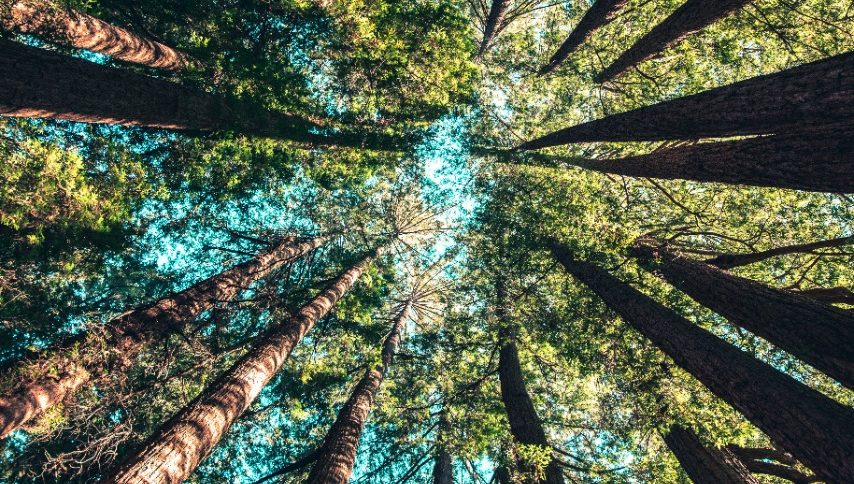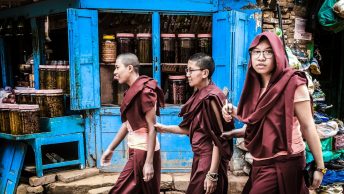As we all know that India is a country that inherits a variety of culture and that somehow is the result of its variety of landscapes, flora & fauna. Each and every part of this country never fails to mesmerize us. One such region is the northern part of West Bengal, Dooars, which is the floodplains that lie south of the outer foothills of Himalaya and north of the Brahmaputra River. The term Dooars in languages like Bengali and Assamese means ‘Doors’. There are around 18 passages or Gateways in Dooars between Bhutan and Indian plains.
Dooars is known for it’s three T-s: Tea, tourism and Timber. This area provides the perfect serenity to the eyes as it surrounded by the hills, rivers and greenery by the tea gardens and the forests.
As Dooars shares it borders with Bhutan, Nepal and Bangladesh, the safety of the area is kept at utmost priority.
The climate of this place plays a great role in attracting tourism as you will always find the climate comfortable enough. Even during the extreme summer days, there is a possibility of rain in every 4-5 days (which cools the atmosphere without hampering any of your activity). Since it is nearby the Himalayan range, Dooars experiences the best during the winter season.
When it comes to natural beauty, it’s really difficult to beat Dooars in this term. Let it be the scenic attraction or the beguiling variety of flora and fauna, this place has it all. This area makes a great place for tourism as it is dotted by several national parks and wildlife sanctuaries. If you are an avid lover of the natural habitat of the Earth and love to explore nature at its best, this place is perfect for you. Below mentioned are the popular national parks and wildlife sanctuaries of Dooars.
Let’s have a look at the best places to visit in north bengal
#1 Jaldapara National Park
This National Park is especially known for the abode of Asiatic one-horned Rhinos. The grass wetland, which is ideal for the Rhino’s, provides the natural habitat for their strong survival. It is also home to the elephants, tigers, leopards, deers, bison, birds and reptiles. Jaldapara, which is located at an altitude of 61 km and spread across 141 sq. Km is a treat to the eyes and soul as it is a vast grassland consisting of a variety of biota. This deciduous forest has multiple streams and rivers flowing through it and you can experience it via Jeep and Elephant Safaris. Tourist can stay at Madarihat or Hollong (Alipurduar District).
One can enjoy the incomparable experience of Bird-watching here. Set out with a binocular and see the majestic flight of Hornbill, Racket-Tailed Drongo and Asian Paradise Flycatcher. More than 240 species of birds of different habitats like grassland, Waterland & woodland are found here.

#2 Gorumara National Park
Another important National Park at Dooars is Gorumara National Park, which is situated at the foothills of eastern Himalaya in Terai Region. Earlier declared as a wildlife sanctuary, Gorumara has been declared as a National Park in 1994 and had also been declared the Best among the protected areas in India by the Ministry of Environment and Forests. Jaldhaka, a tributary of the Brahmaputra river, flows just beside the National Park. Gorumara has mixed vegetation of forest & grassland. In the dense forests of Sal, Shimul and bamboo groves, one can spot a wide range of wild animals. For enjoying the view of this National Park, it has got multiple watchtowers, but there is no vehicle tour or elephant back safari.
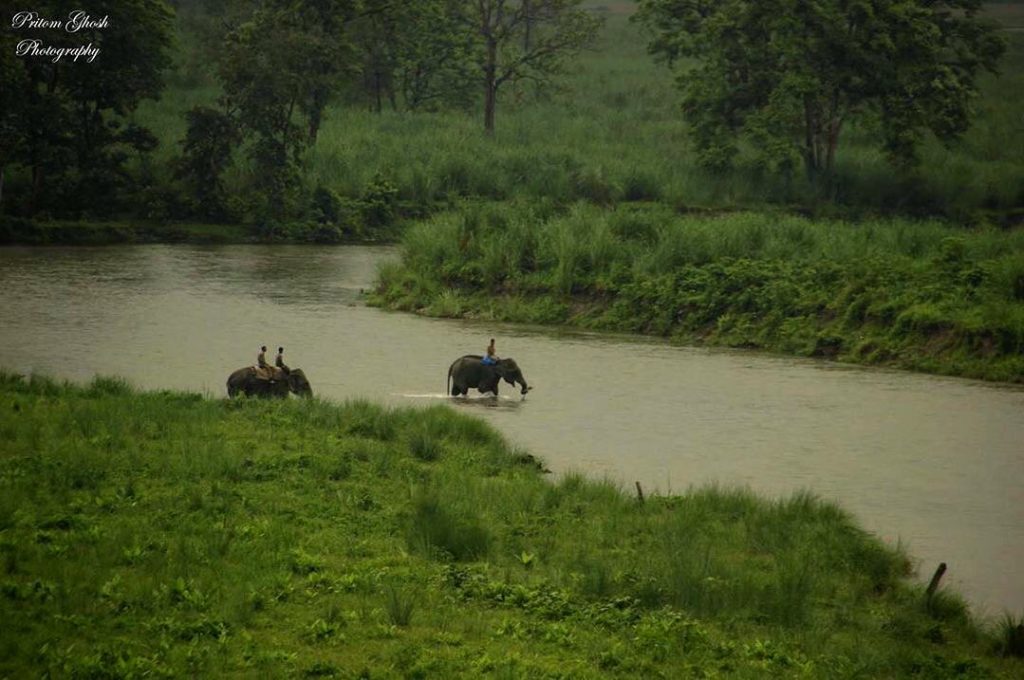
#3 Chapramari Wildlife Sanctuary
This sanctuary is an extension of Gorumara and is also quite popular for Jeep safaris. The two forests are divided by the Murti River. The area was declared a national reserve forest in 1895 under the Indian Forest Act. Chapramari is known for its elephant population. Different types of deer including chital deer, spotted deer, sambar and barking deer, wild boars etc are common sightings here. Around the water bodies and along the river banks one can often see egrets, darters, large & little cormorants etc. In migratory category, one can see the Brahmini ducks, teals etc. Jeep safaris are provided by the Forest Dept.
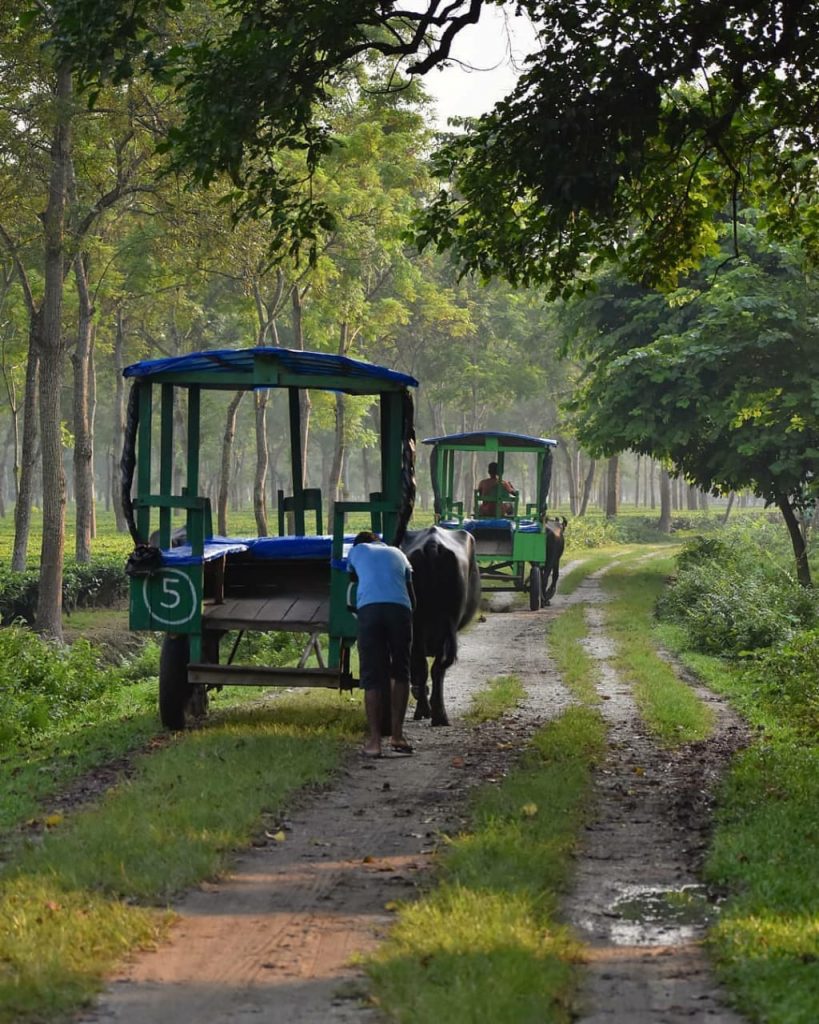
#4 Chilapata Forest
Situated near Jaldapara and Hasimara, Chilapata, along with its beauty is also known for the ‘Nalraja Garh’ i.e. Fort of the Nal Kings which was built in the 5th-century C.E during Gupta Period. Though the place is not taken care of by the archaeology department, the ruins are still found there. The West Bengal Forest Development Corporation (WBFDC) runs an eco-tourism resort at Kodalbasti, providing basic accommodation. This definitely makes Chilapata Reserve Forest along with its real wild ambience the centre point of attraction to any traveller. The Jeep safaris in this Forest adds up to this attraction list. One can also have a tea garden tour and cultural experience by the Rabha Tribal community as well.
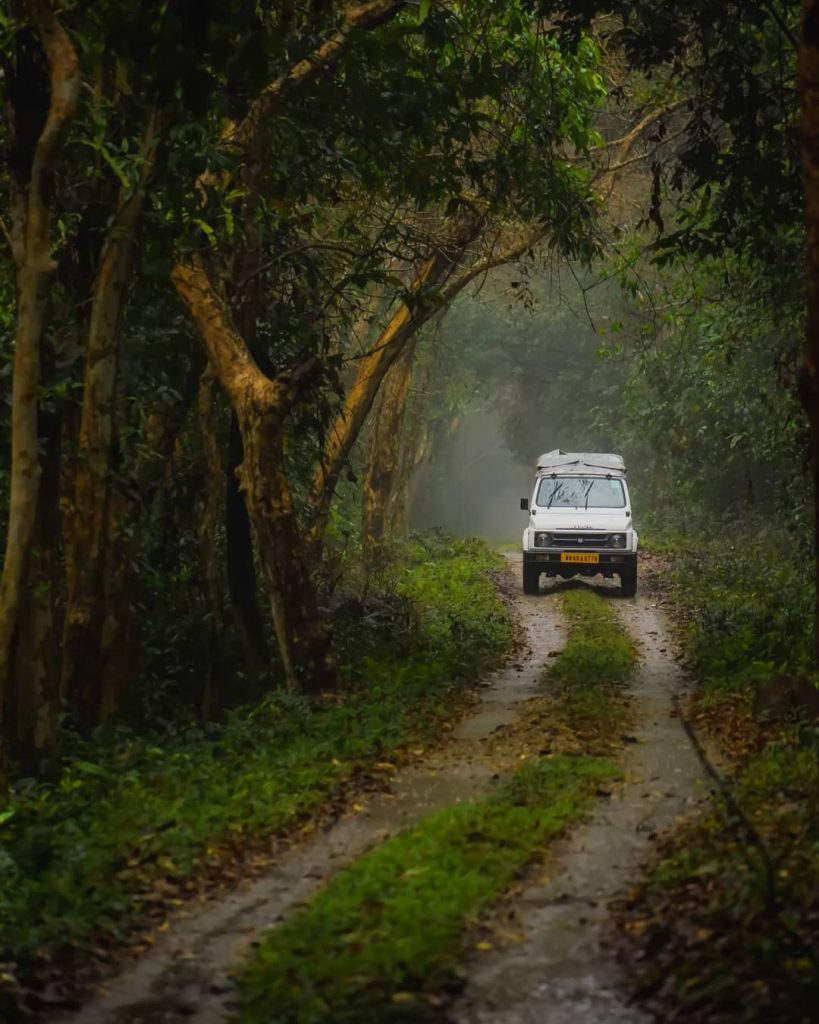
#5 Buxa Tiger Reserve
An about 1km drive from Jaldapara, the entry to this forest is from a place called Rajabhatkhawa. It is the easternmost extension of extreme bio-diverse Northeast India and represents highly endemic Indo-Malayan region. It has the second-highest number of tigers after Sunderban in West Bengal (though the tiger spotting has become quite difficult nowadays). You can still spot elephants, birds, Indian bison and different kinds of deers. There is an abundance of birds in Buxa including the migratory birds which can be mostly seen during the winters. The Narathali Lake which is open to the tourists in winter is visited by various types of migratory birds such as Common Teal, Gargani Teal, Large Whistling Teal, etc. So far more than 440 species of trees, 200 species of shrubs, 400 species of herbs, 9 species of cane, 10 species of bamboo, 150 species of orchids, 100 species of grass and 120 species of aquatic flora has been identified in this forest reserve.
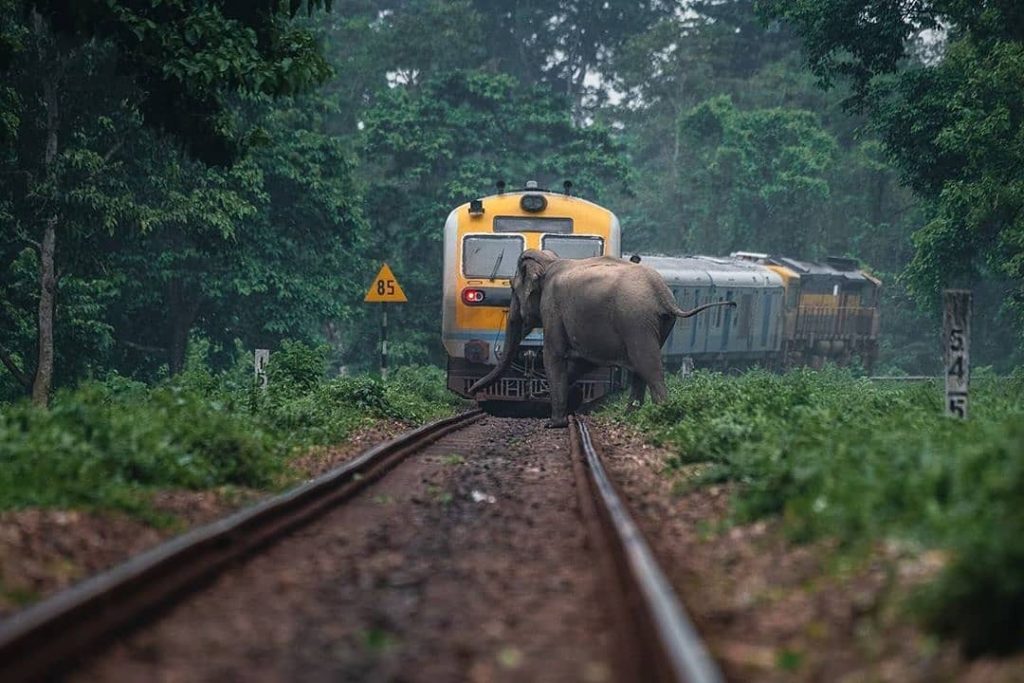
#6 Gajoldoba Forest
Gajoldoba is a reservoir formed by the Teesta Barrage. It was built for the irrigational purposes and is surrounded by the Baikunthapur forests. It is an hour’s drive from Jalpaiguri.
The reservoir becomes the abode of many water birds from Central Asia and Ladakh. Numerous birds like Lesser Whistling Duck, Little Grebe, Great Crested Grebe, Bar- Headed Goose, Greylag Goose, Ruddy Shelduck, Common Shelduck, Cotton Teal, Tufted Duck, Common Teal, Eurasian Wigeon, Spot-billed Duck, Mallard, Great Cormorant, Indian Cormorant, Purple Heron, Northern Lapwing, River Lapwing, Grey-headed Lapwing, Little Ringed Plover, etc. can be found here which makes it another popular Bird-watching spot. Domahani Jheels and river Teesta and Karola are also popular Birdwatching spots.
How to reach :
By Air: The nearest airport is Bagdogra airport (IX B). From there you can book either a tourist bus or private car to reach your destination.
By Train: The main Railway Station is New Jalpaiguri (NJP) which has good connectivity with major cities of India. From there once can board another train to the nearest station to your destination or you can take a bus or book a private car from there.
By Road: There are state transport buses and the private buses connect Jalpaiguri with various parts of the State, and cities of nearby States.
Whenever you visit North Bengal, these are must places to visit in North Bengal. In case you need help to plan a trip to North Benga get in touch with us at support@adventourist.in and we will be happy to help you with this. Hope you liked our article about places to visit in North Bengal, Do let us know via comments
Also Read: The Little France in India – Puducherry 4 Nights and 5 Days

